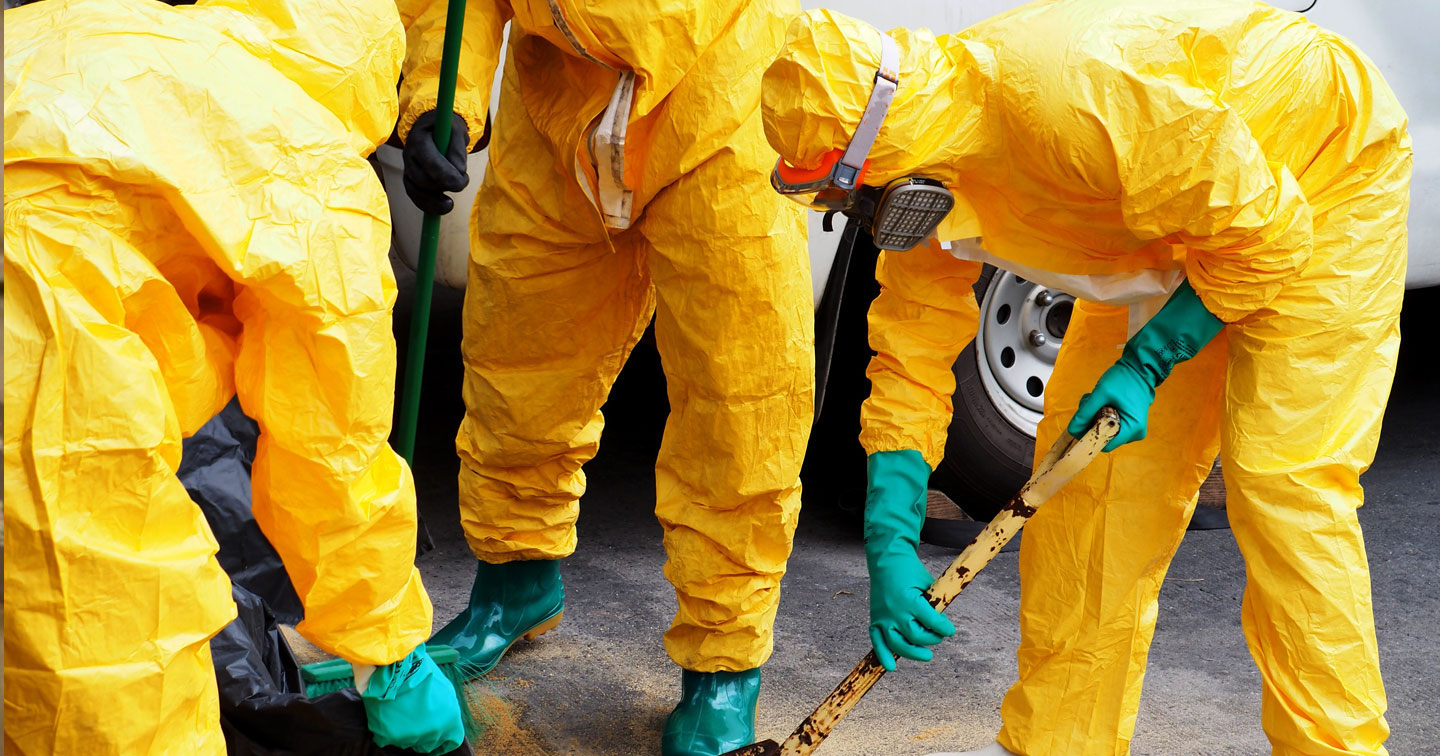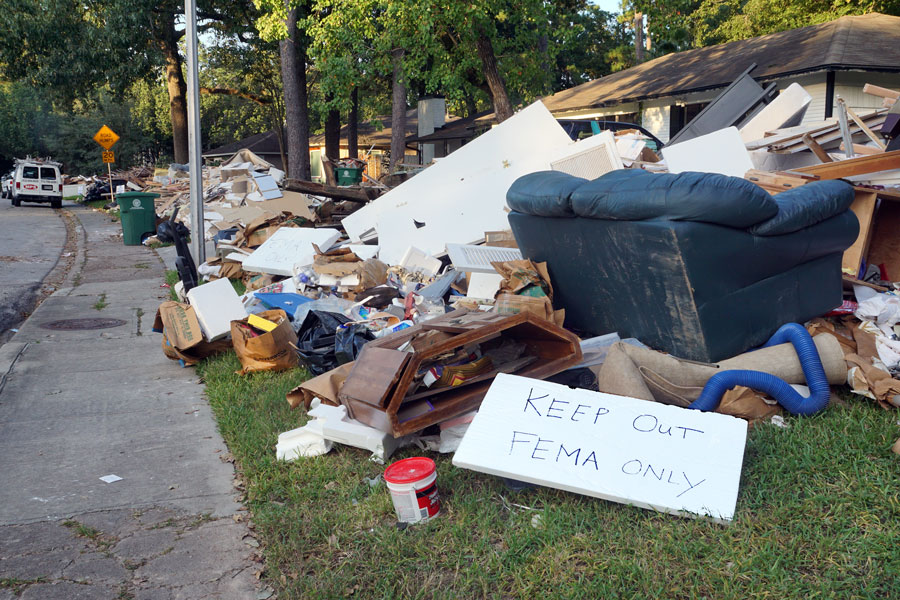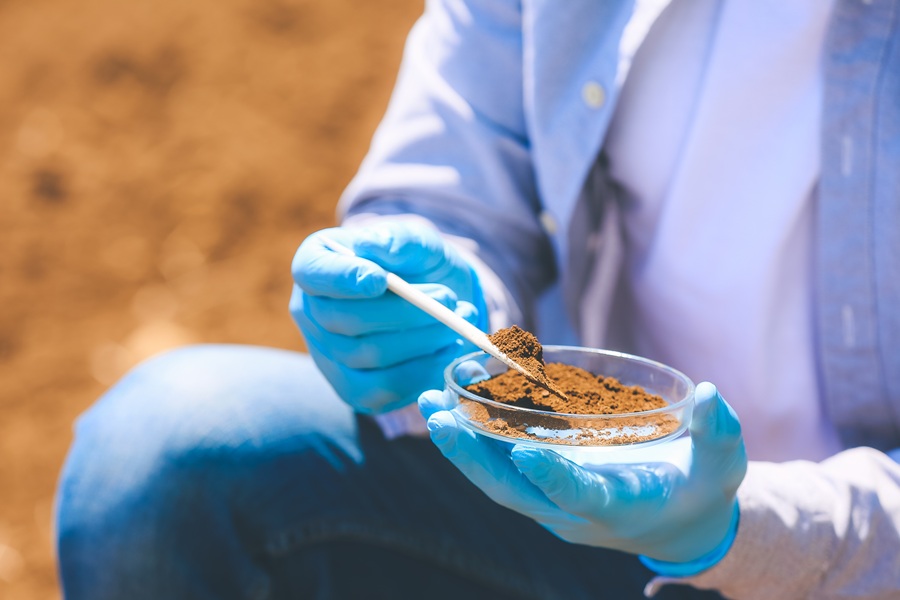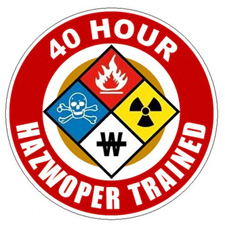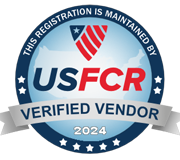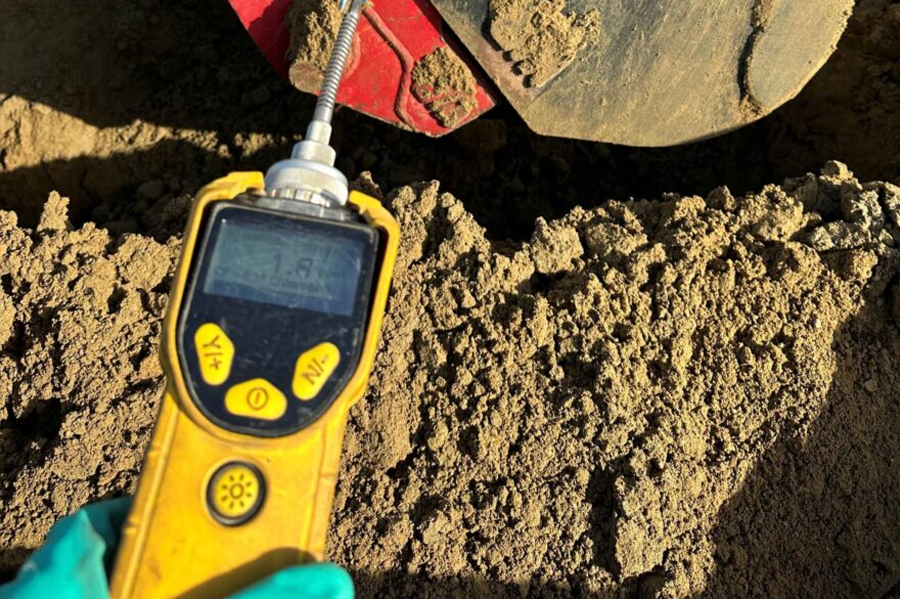
LOS ANGELES, CA – From January 7 through January 31, 2025, the Los Angeles metropolitan area and San Diego County in California were besieged by a series of 14 incredibly destructive wildfires that burned more than 57,000 acres of land. Once the Eaton and Palisades wildfires had been placed under control, they were ultimately responsible for the deaths of at least 30 people and the destruction of over 18,000 homes and structures, making them among the most devastating in California’s history.
But once the fires were contained, a new issue very nearly as potent reared its head; the cleanup effort being carried out by the U.S. Army Corps of Engineers and their contractors of hazardous waste in the fires’ wake that some are saying is not being adequately addressed from a public health perspective.
The wildfires were responsible for the release of toxic chemicals and smoke from vehicles and structures that were burned, in addition to creating large amounts of fine particle pollution that can contribute to increased risk of heart and lung disease, while exacerbating pre-existing conditions.
In order to rebuild from the devastation, destroyed structures and hazardous materials that are now woven into the very soil need to be safely removed in their entirety. The initial Phase 1 of the cleanup involved U.S. Environmental Protection Agency (EPA)-contracted crews hauling off hazardous household materials and bulk asbestos materials; Phase 2, currently being carried out by the U.S. Army Corps of Engineers (USACE) and overseen by the Federal Emergency Management Agency (FEMA), consists of removing fire ash and debris from the upper three-to-six inches of topsoil under burned structures. The timeline for completion of Phase 2 is estimated to be one full year, and is anticipated to see the removal of between 4.25 to 4.5 million tons of fire-damaged debris, not including vehicles and trees.
But despite USACE crews working at a breakneck pace and following basic protocols in terms of waste removal and worker safety – including the wearing of Tyvek suits and half-face respirators, as well as conducting real-time perimeter air monitoring – the results of their cleanup efforts so far have come under intense scrutiny.
Some have expressed concern that simply removing the upper three-to-six inches of topsoil under burned structures may not be sufficient, and that extensive soil testing carried out by a qualified environmental consultant should be required in order to ensure that there will be no long-term health hazards down the line for the individuals inhabiting the restored properties in question; however, this is not currently the case.
But it is not only the fallout from the Eaton and Palisades wildfires that experts are worried about. It is also troubling, they say, that FEMA has not funded ANY soil testing for pre-existing contamination – including arsenic, cadmium, lead, asbestos, and polyaromatic hydrocarbons – on properties impacted by California wildfire events over the past seven years, either.
This situation is further being exasperated by recent executive orders issued by California Governor Gavin Newsom that suspended various environmental safeguards in order to speed up the rebuilding process; these include the California Environmental Quality Act (CEQA) and the California Coastal Act (CCA), which normally enact requirements for the proper repair, restoration, demolishing, and/or replacement of properties destroyed by wildfires, including identifying and mitigating the environmental impact of said work.
This situation in California is horrific, and it is only natural that the hundreds of thousands of people displaced by the wildfires would want their lives to return to normal as soon as possible. However, a balance must be found between expediency and long-term safety, or serious problems could crop up in the years to some.




